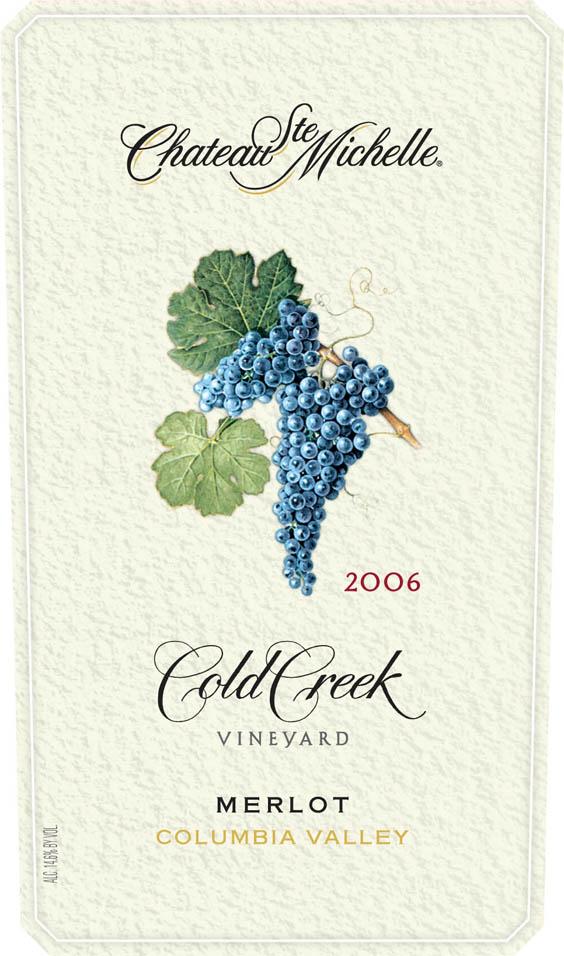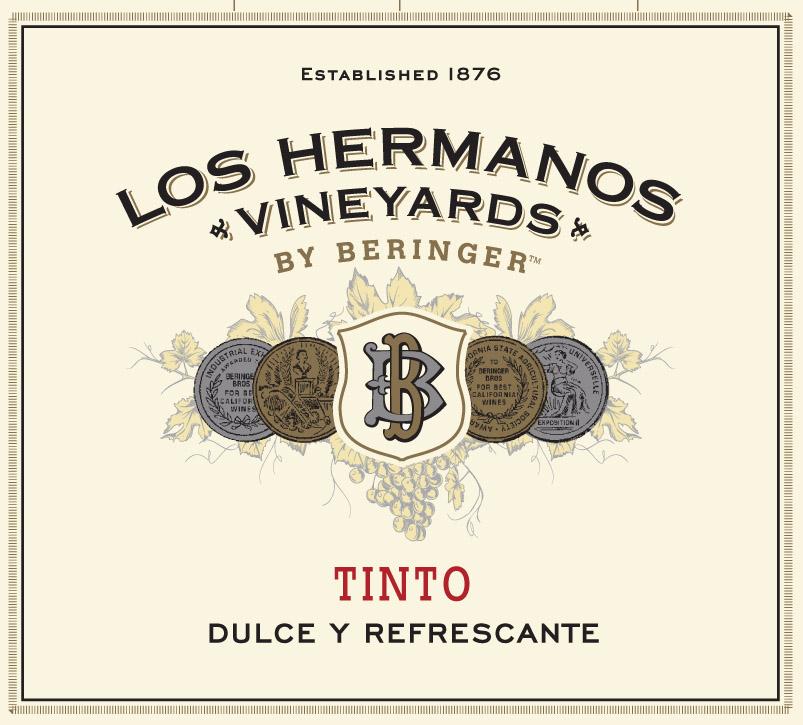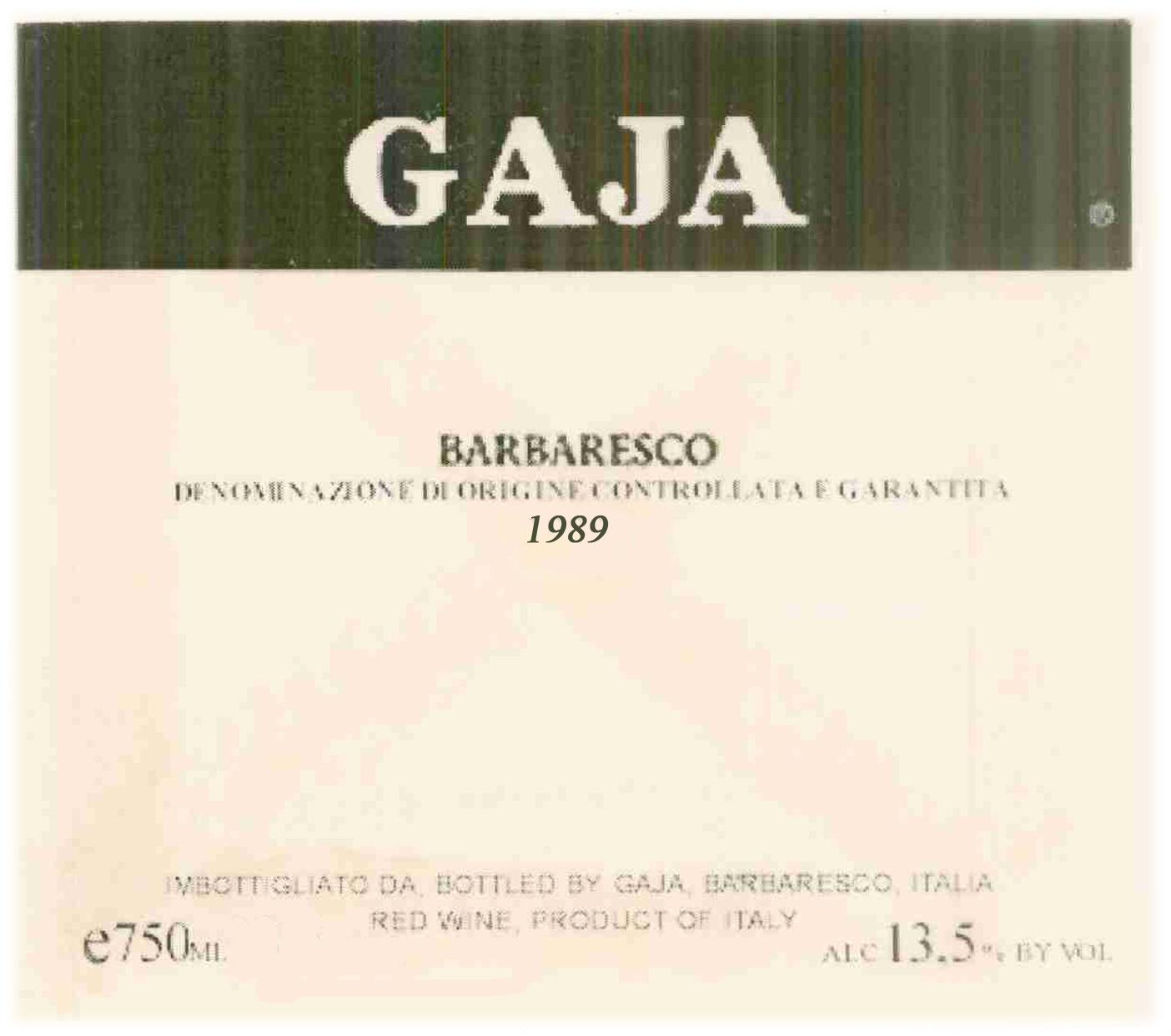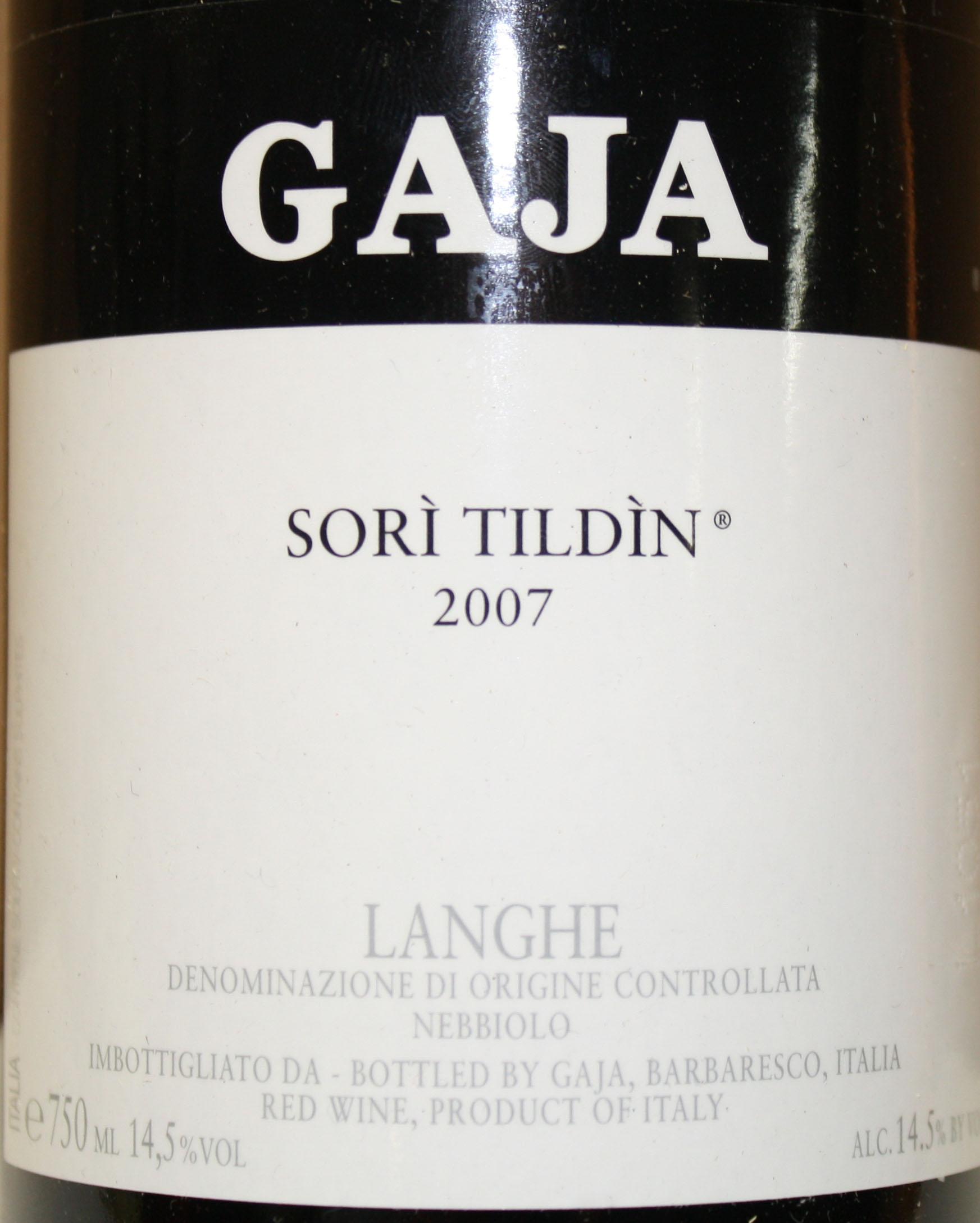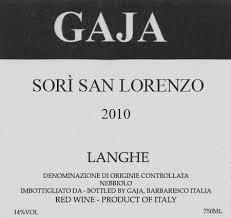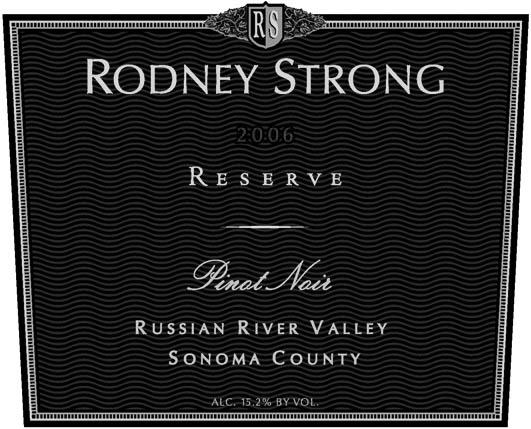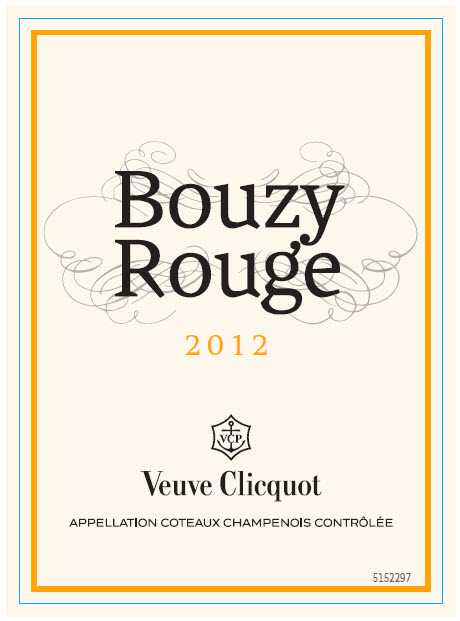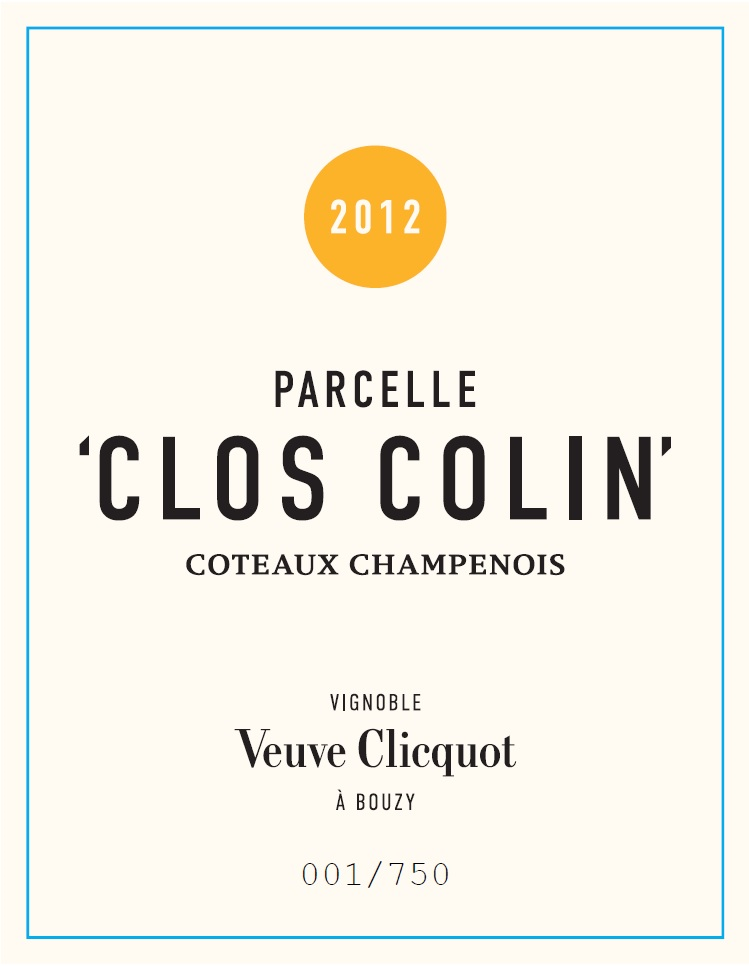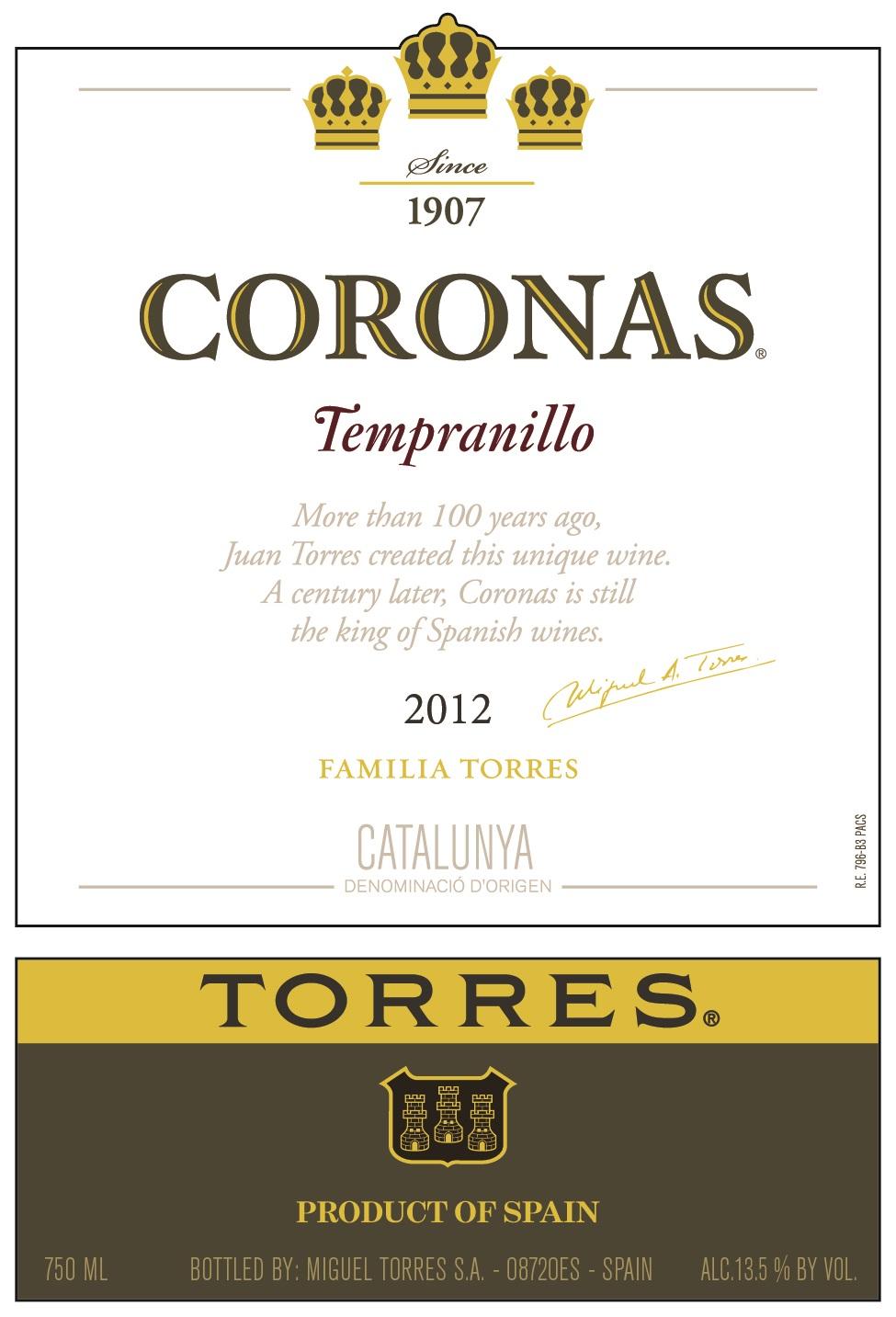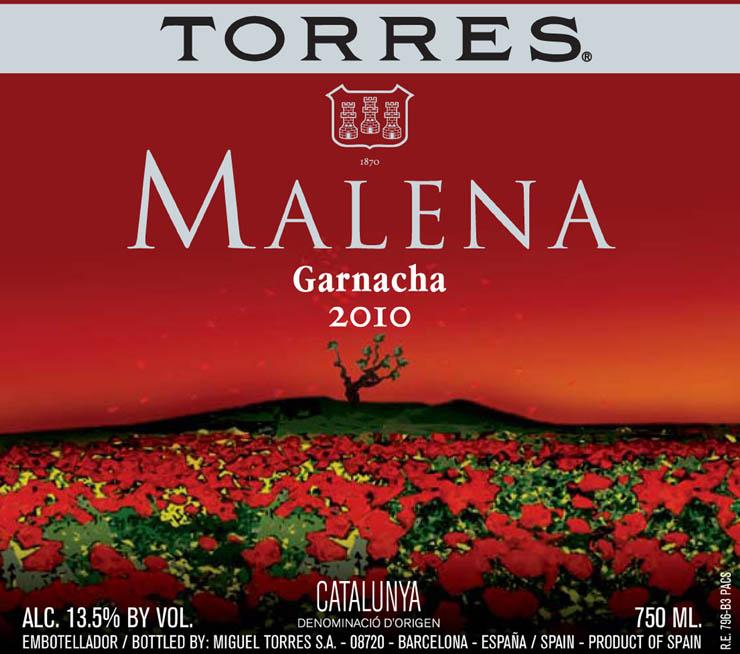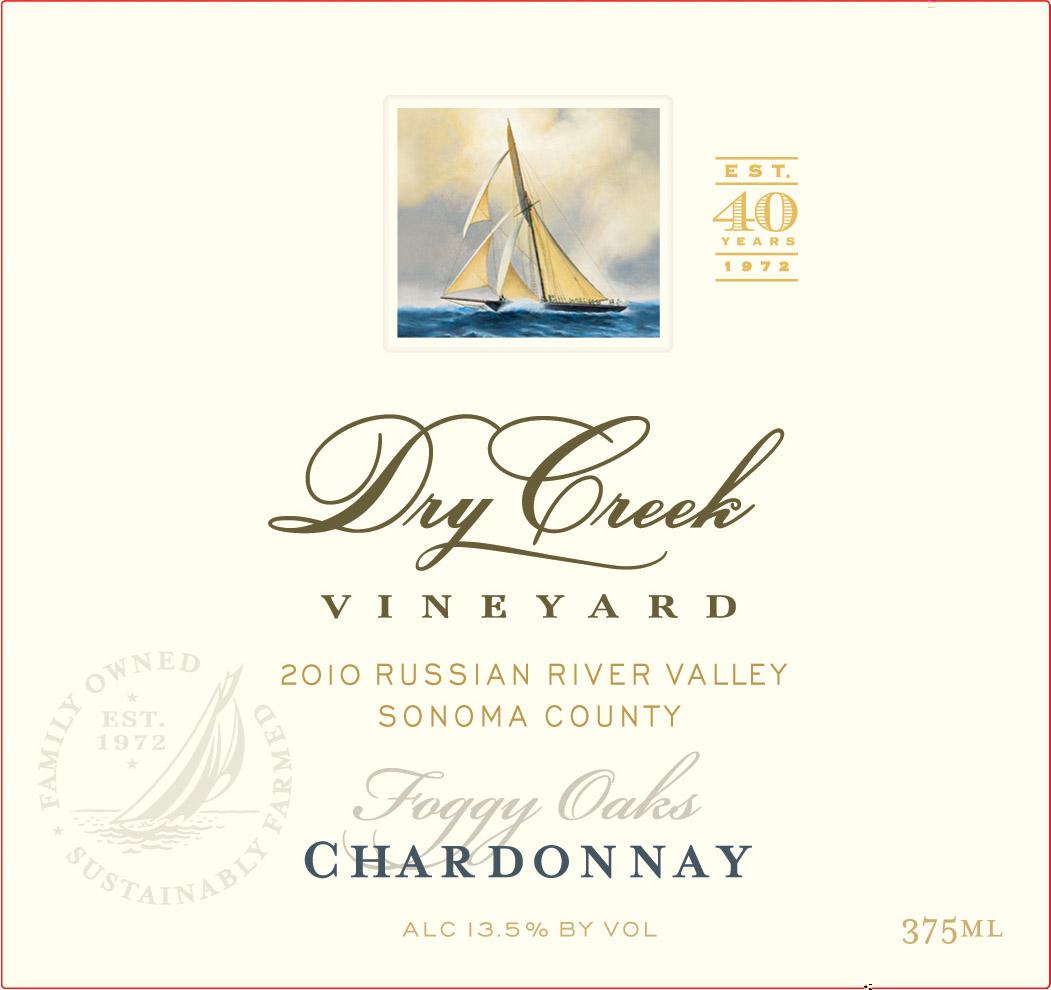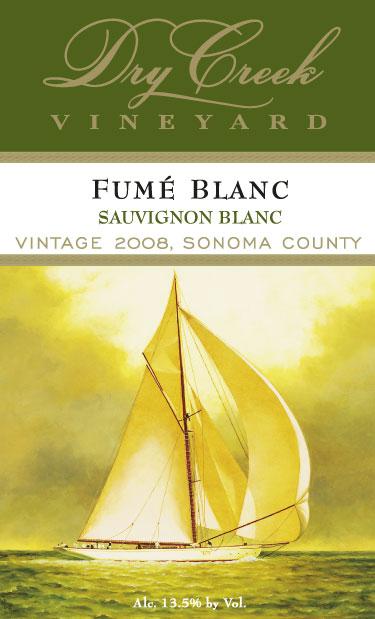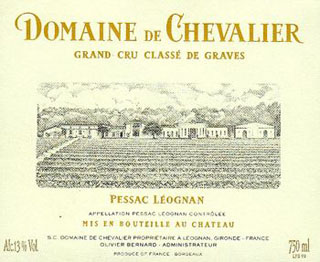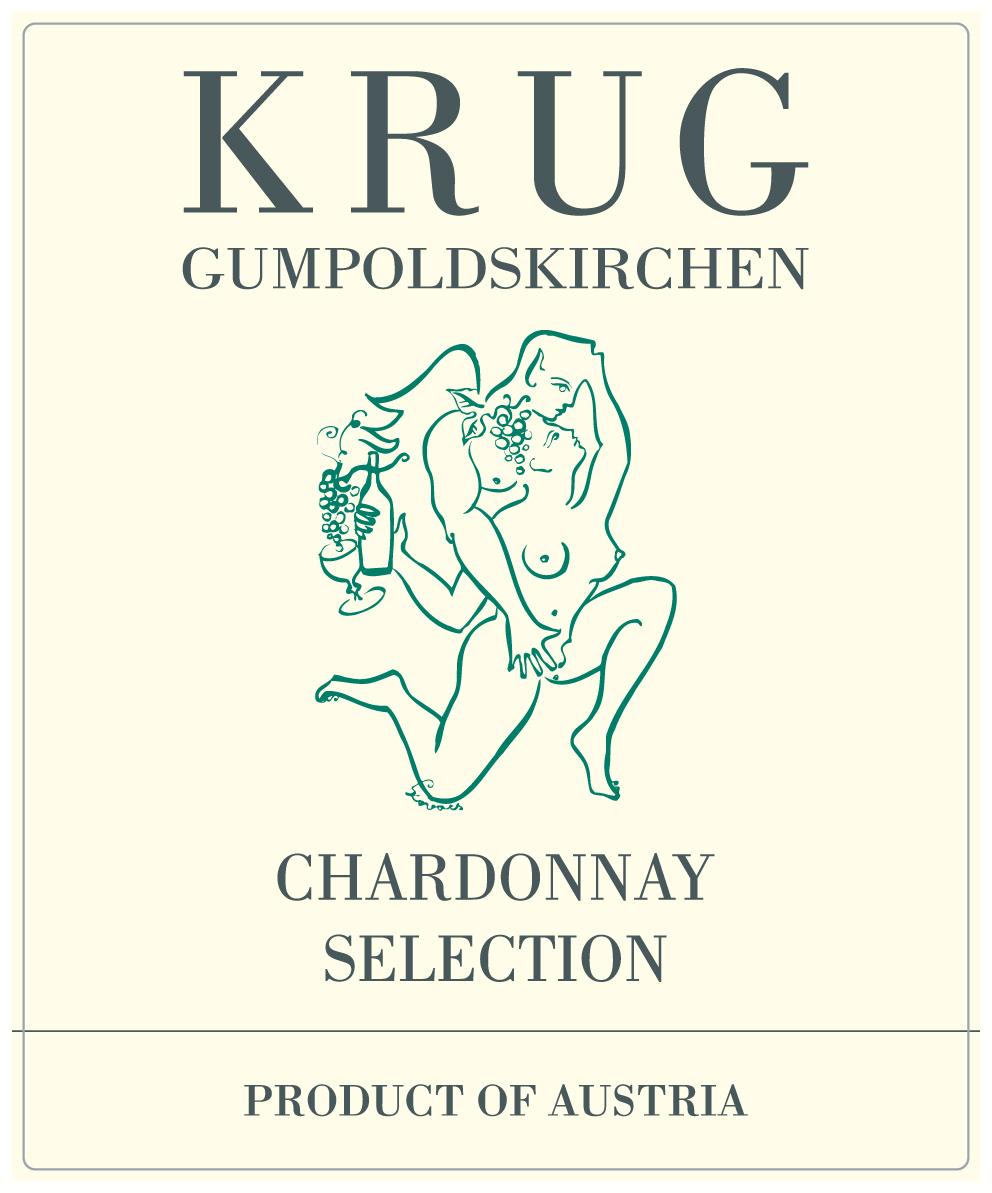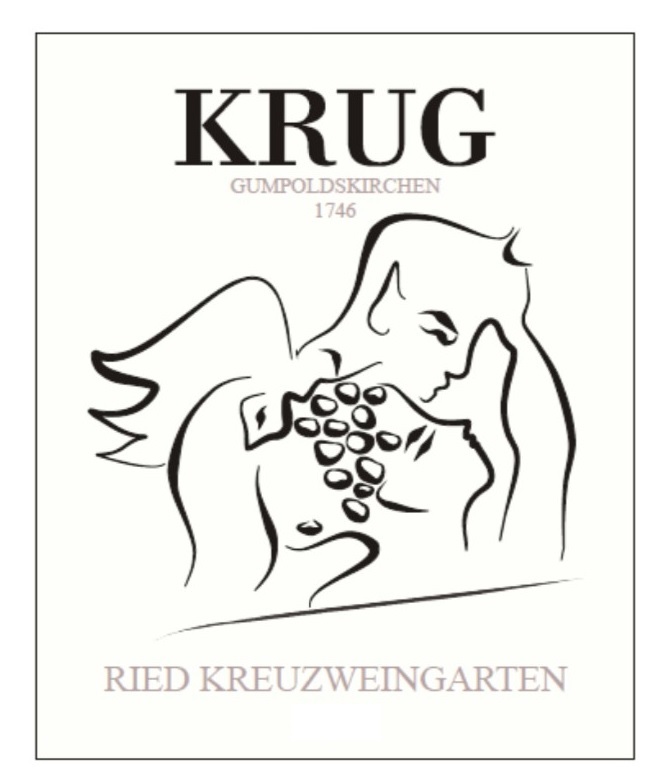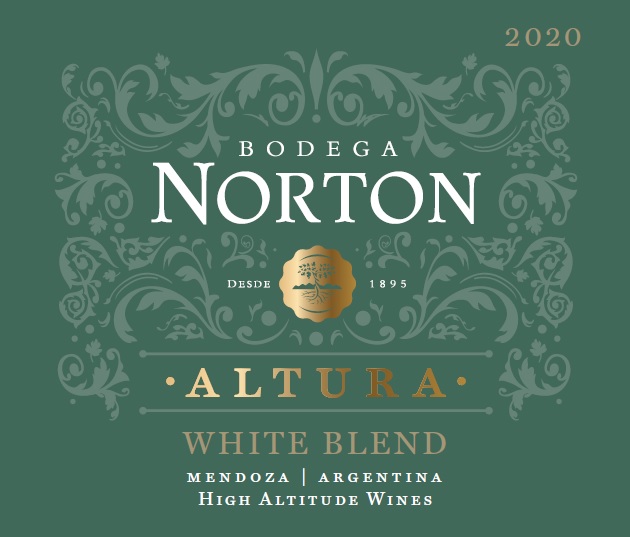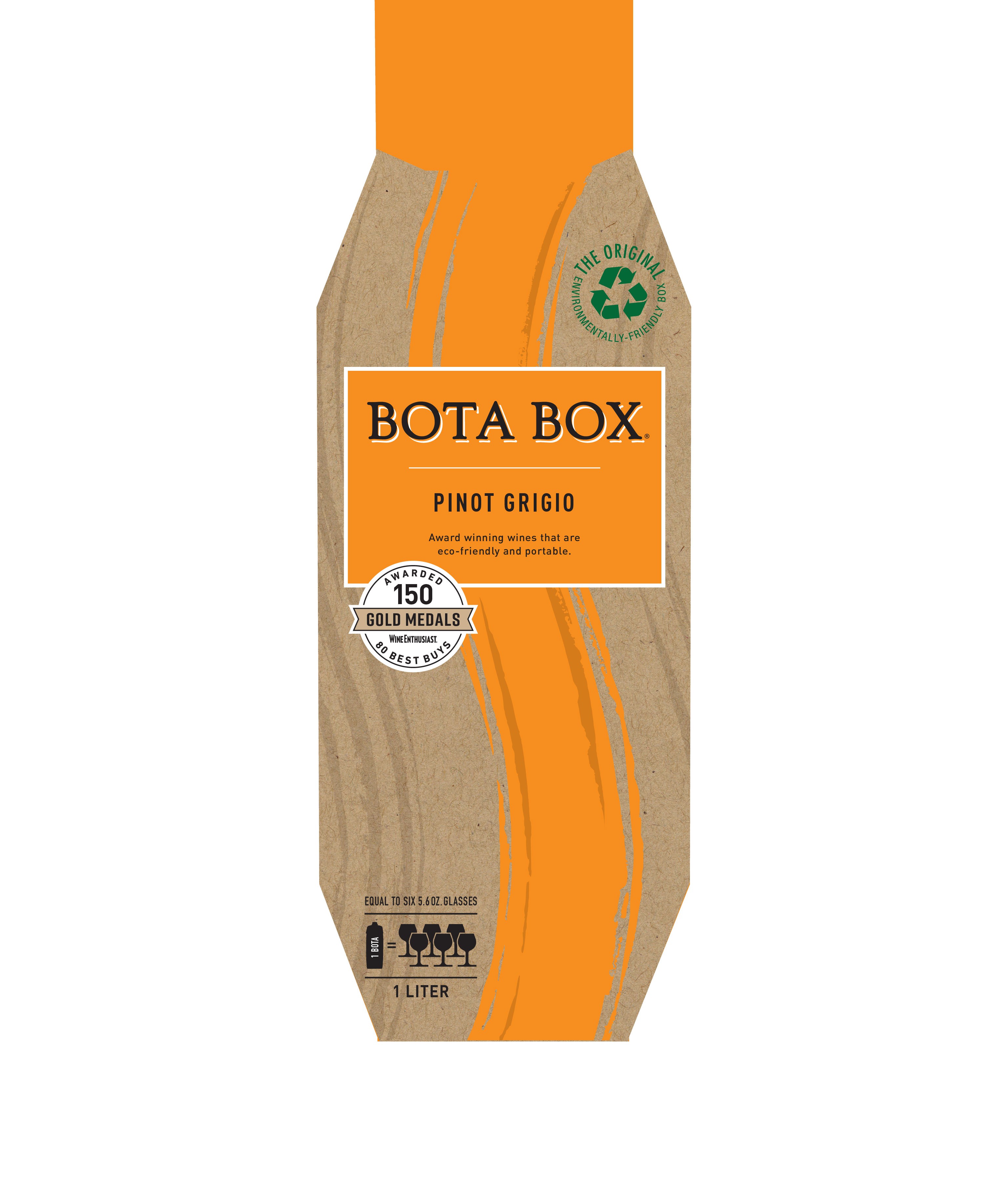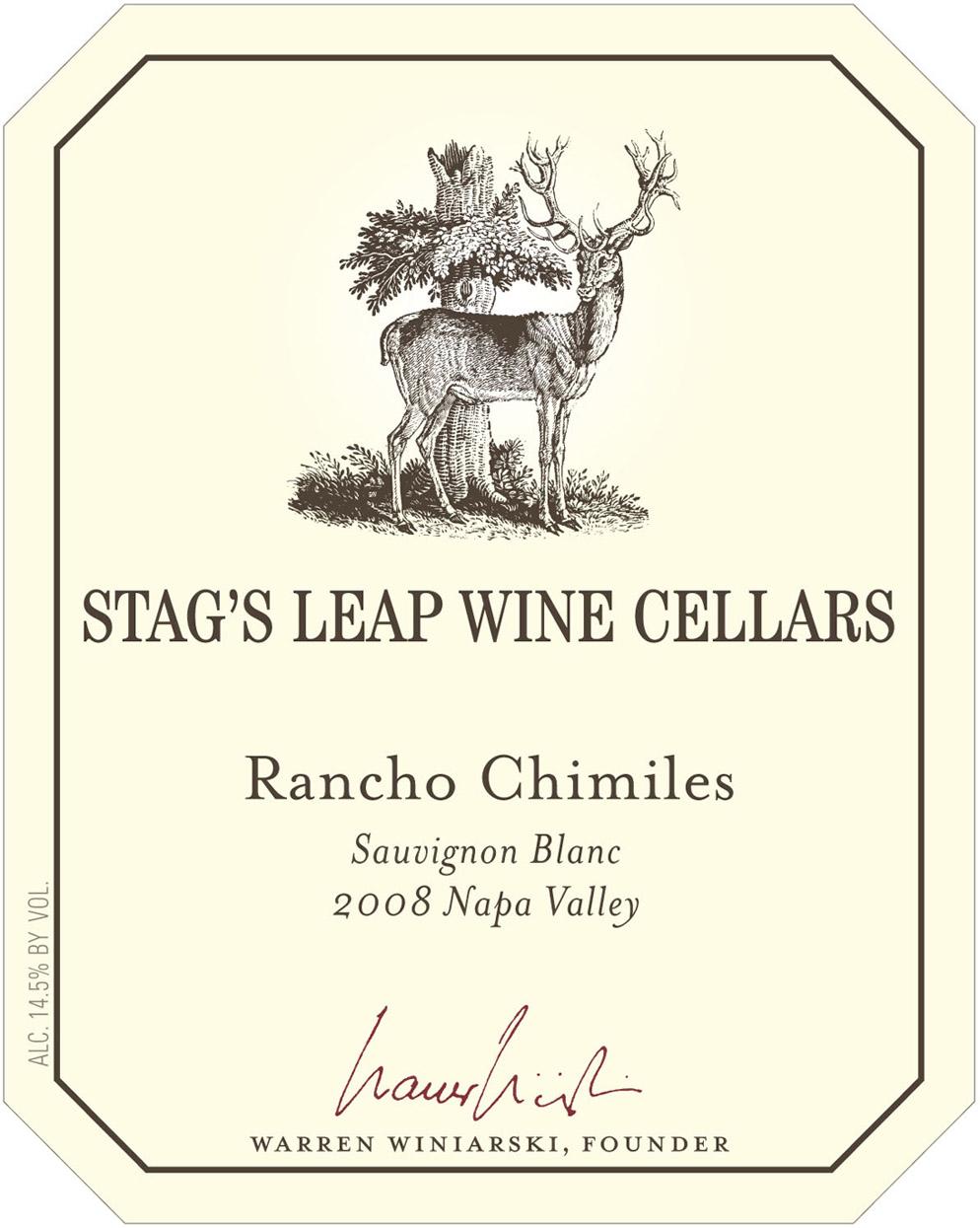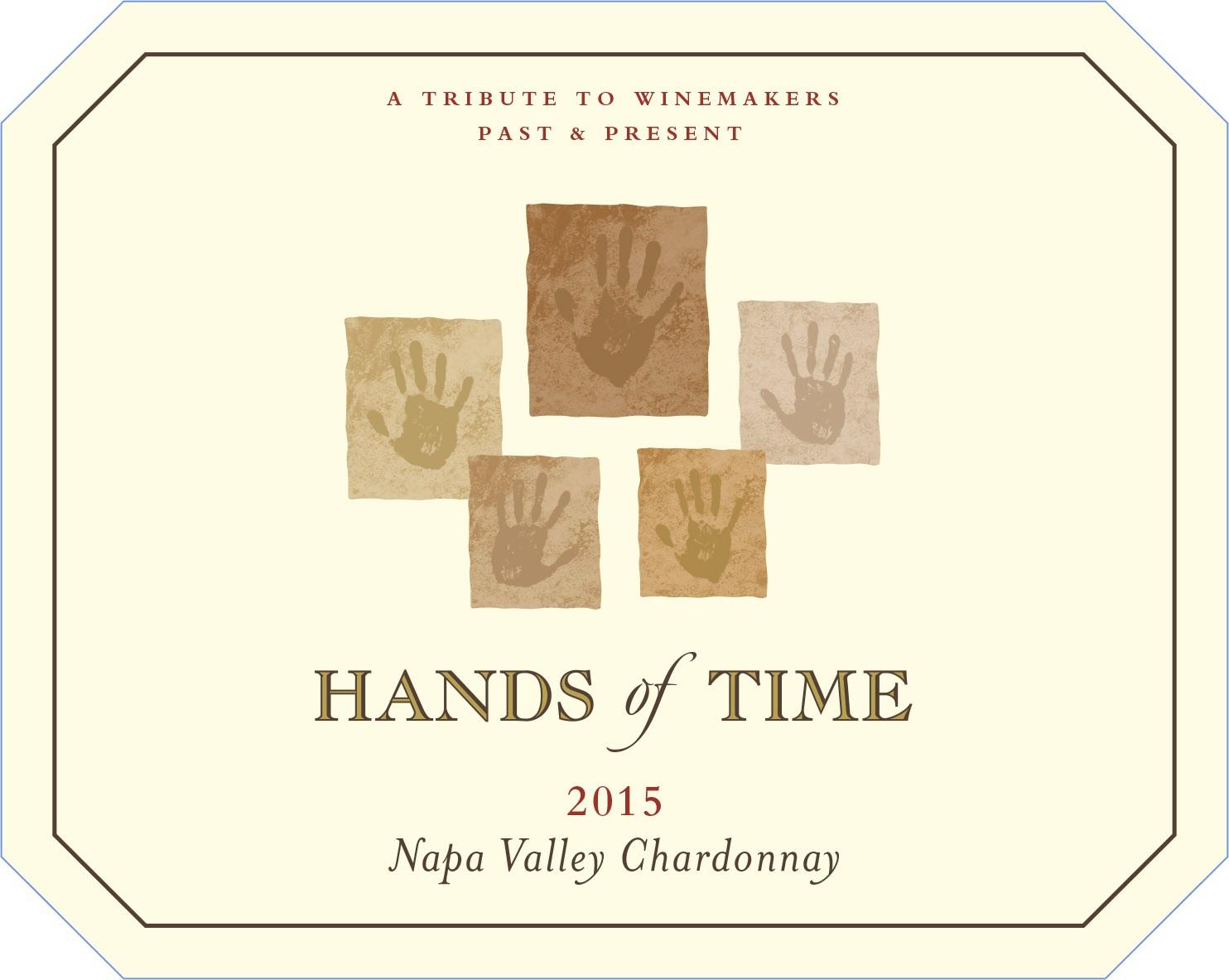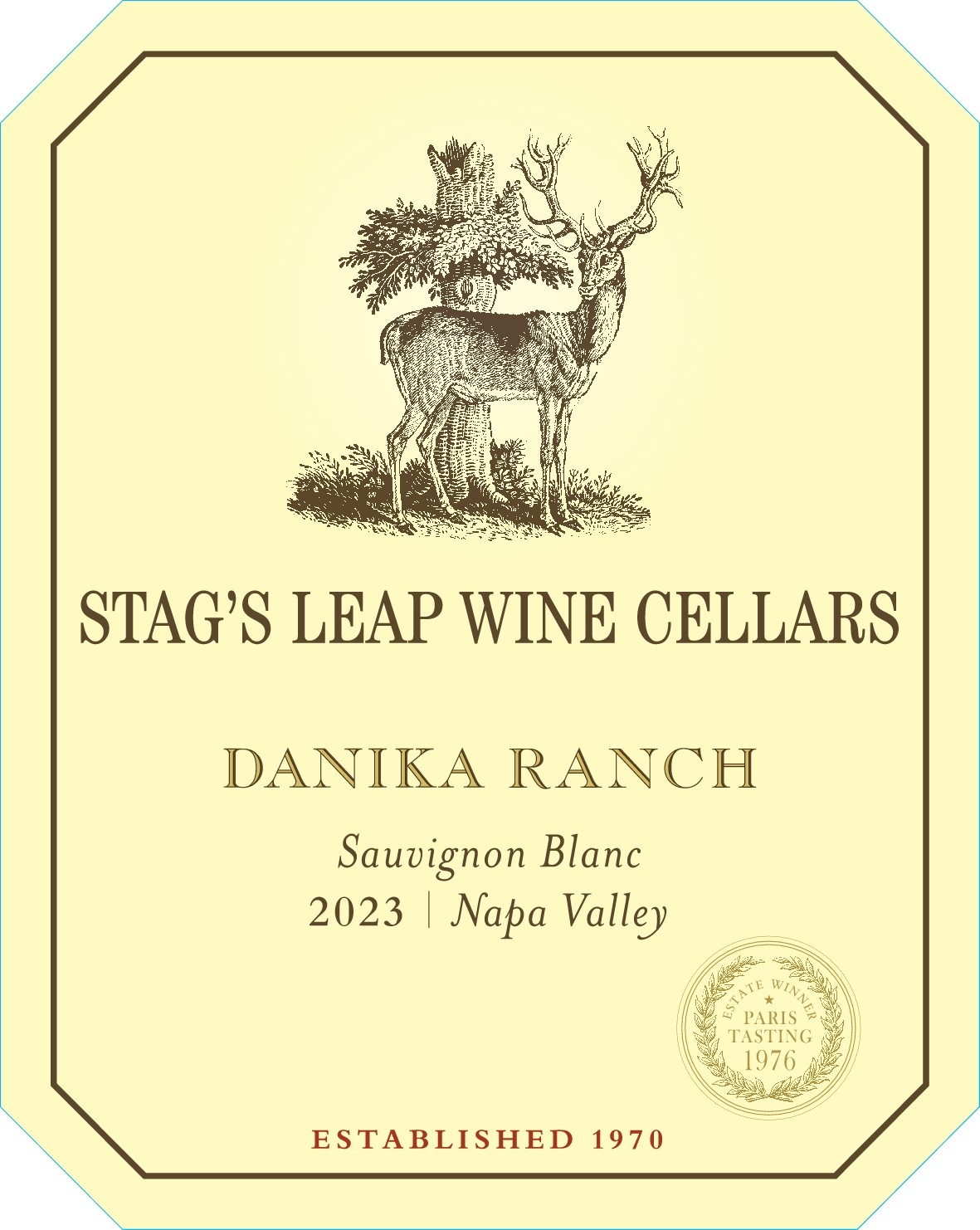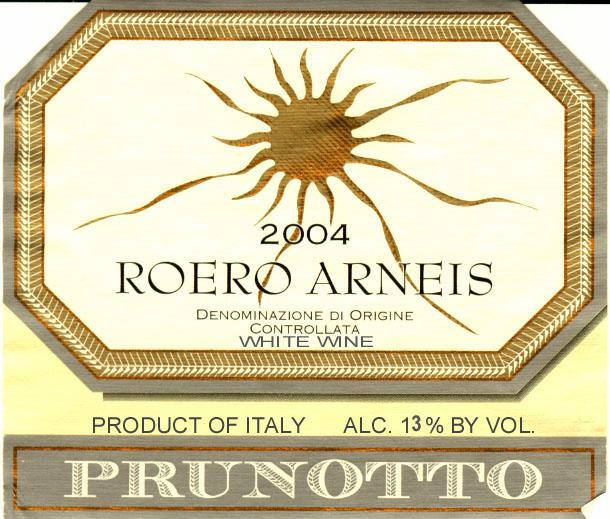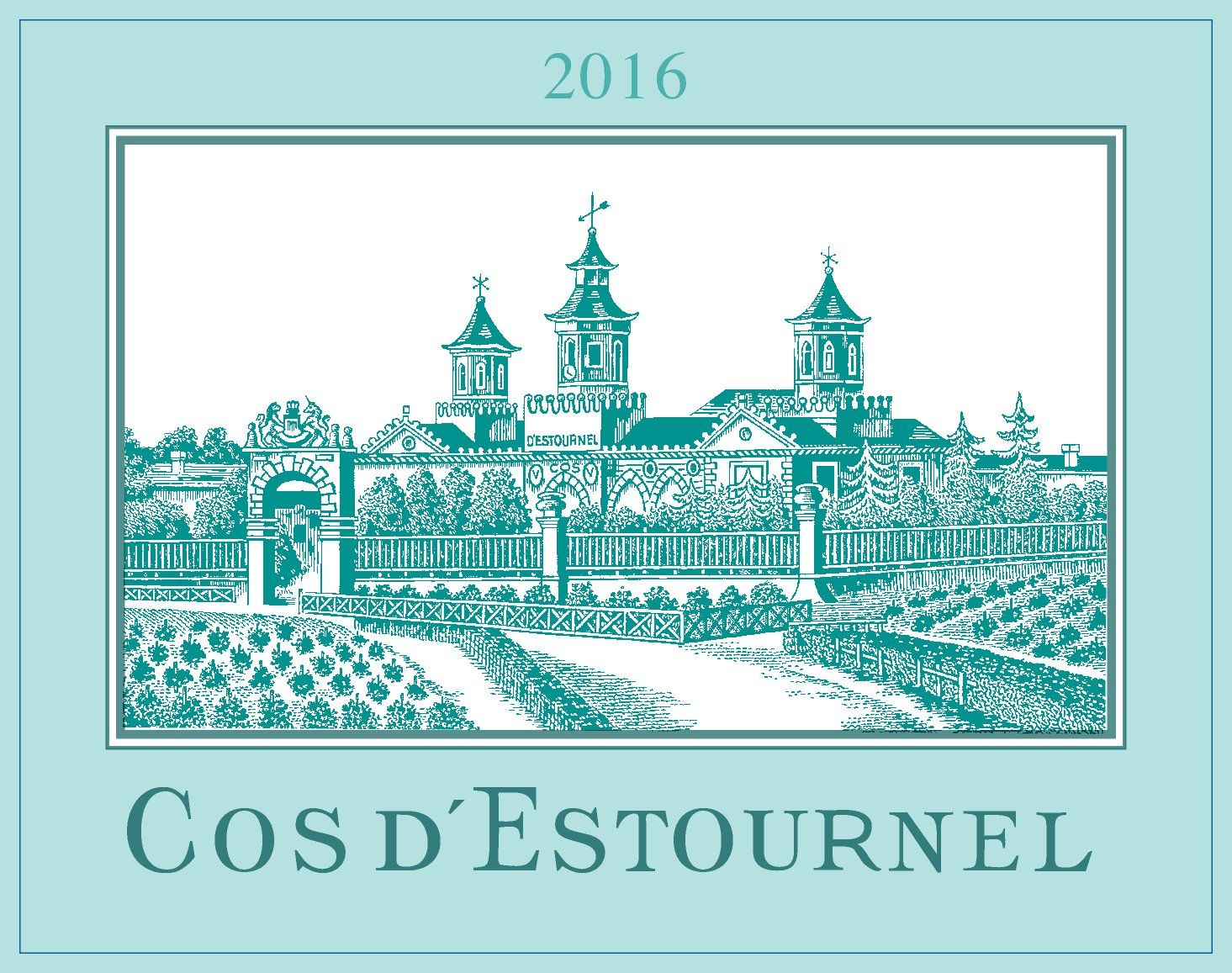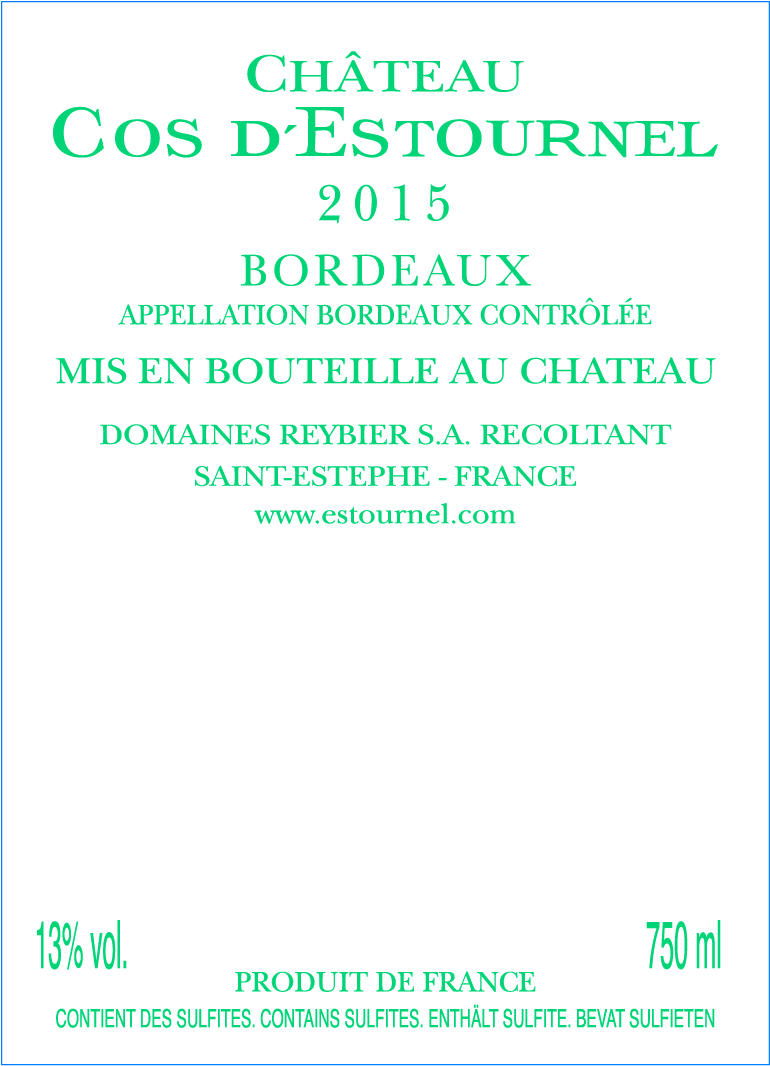Terroir of Petit Chablis AOP
Petit Chablis benefits from its unique terroir and climate, which significantly influence its wine profile. The vineyards are located on higher ground, around 230–280 meters above the Serein valley, with Portlandian limestone soils. This type of soil is tougher and drains better, helping to produce grapes that ripen earlier and yield wines with a lean, sharp definition.
The region's cool continental climate, with a touch of Atlantic influence, plays a crucial role. Winters can be harsh, and spring frosts are a constant threat, requiring growers to use protective measures. Summers are warm but moderate, and the weather varies yearly. A sunny, dry September is crucial for achieving perfect grape ripeness while keeping high acidity. This combination of soil and climate results in Petit Chablis wines known for their clarity, high acidity, and crisp, mineral flavors.
Notable Wineries in Petit Chablis AOP
The Chablis region in Burgundy, France, is famed for its bright, citrusy Petit Chablis wines. Several notable wineries excel in crafting these fresh, mineral-driven expressions of Chardonnay:
-
Domaine Jean-Marc Brocard: Under the guidance of Julien Brocard and family, this winery champions organic and biodynamic farming, producing wines that shine with citrus and flinty notes.
-
Domaine William Fèvre: Widely exported, their Petit Chablis is a perfect introduction to their citrus-forward style.
-
Domaine Laroche: Celebrated for finesse, their wines exhibit a mineral-driven energy across the appellations.
-
Simonnet-Febvre: Known for purity, their Petit Chablis offers freshness and clear fruit expression.
-
La Chablisienne: A cooperative delivering value-driven wines with fresh grapefruit and floral notes.
Sustainable Winemaking in Petit Chablis AOP
In the heart of Burgundy's Chablis region, sustainability is woven into the fabric of wine production. Many vineyards in Petit Chablis are turning to organic and biodynamic farming to nurture their soils and enhance biodiversity. By planting cover crops and using natural composts, they maintain soil health, while mechanical cultivation reduces herbicide dependence.
Integrated pest management is common, emphasizing canopy airflow and precise treatments, often using organic solutions like sulfur and copper. To protect the fragile limestone soils, ground cover and careful water management are employed, preventing erosion and conserving moisture. Cellars adopt water-saving techniques, and producers are increasingly using lighter glass and recyclable materials.
Efforts to achieve certifications like HVE and Terra Vitis highlight the region's commitment to sustainability, ensuring that Petit Chablis wines remain pure, fresh, and environmentally responsible.
Wine Tourism in Petit Chablis AOP
Petit Chablis in Burgundy offers a unique wine tourism experience, rich in culture and natural beauty.
Follow scenic routes through limestone plateaus and charming villages like Beine and Fleys, where local domaines welcome you for tastings by appointment.
Discover historic cellars and learn about Chablis's winemaking traditions and geology.
Enjoy culinary delights such as river fish with beurre blanc, Burgundy snails, and regional goat cheeses, often available at vineyard B&Bs.
Engage with the vibrant local scene through seasonal wine fairs and guided vineyard walks.
Sustainability is a key focus, with many producers practicing organic farming, enhancing both the land and wine quality.
Just a short trip from Paris or Dijon, Petit Chablis offers an inviting introduction to Burgundy's wine country, showcasing wines known for their bright citrus and flinty character, crafted with care and respect for the environment.




